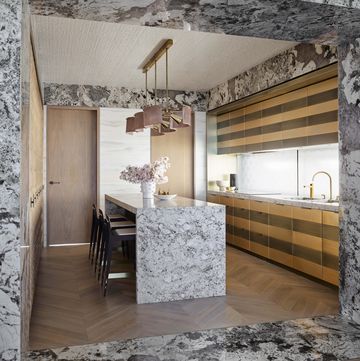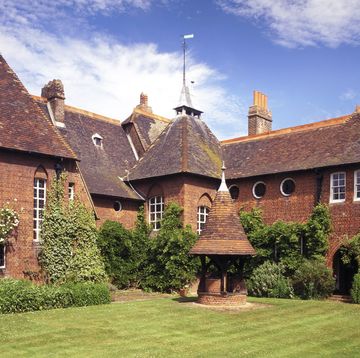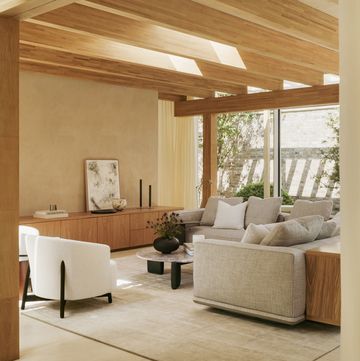South Korean architect Minsuk Cho, founder of Seoul-based studio MassStudies, earned international renown this year after revealing a highly original design for the Serpentine Gallery’s annual summer pavilion. As the programme is now in its 23rd year, that is no mean feat, but the architect’s talents have been evident for a long time.
His breakthrough project came in 2003 when he and former partner James Slade completed a house with a unique appearance. The 89-square-metre property features curves that defy the rectilinearity of the humble bricks from which it is built, giving it a strangely pixellated form, hence the name Pixel House.
Cho and Slade won the commission at a time when many other new buildings were being constructed in Heyri Art Valley, a creative neighbourhood north of Seoul. The pair, who were then living in New York and practising under the name Cho Slade Architecture, were asked to design a much smaller structure than those going up around it.
What's everyone reading?
Their clients, a pair of former activists working in education, asked for a simple home for themselves and their two children. Although the couple had a limited budget, they wanted to break free of the repetitive style they felt characterised most South Korean housing. ‘They asked us for a house that didn’t look like anything else that existed,’ recalls Cho. ‘It was quite moving, but also exciting. So we just got on with it.’
The ingenuity of Cho and Slade’s design is that, although the volume looks complex, all of its curves are two-dimensional. The architects started with a standard cube and simply rounded off some of the corners, either horizontally or vertically. The tension comes at the points where these contours meet.
‘The plan is a quarter circle and the section is the same, but somehow it creates this unique form,’ says Cho. The brickwork emphasises the effect, appearing to fragment as it follows the changing angles. The interior is equally dynamic, organised around a semi-arched atrium with bookshelf walls, a winding staircase and a projecting picture window.
The building proved pivotal, paving the way for many more examples of this style, which Cho calls ‘orthogonality meets the curve’. It also led the architect to relocate back to the country of his birth and apply the same experimental thinking to larger-scale buildings.
Visitors to this groundbreaking house are, however, in for shock. Since being sold to a new family, the exterior has been wholly taken over by plants: it has become a green pixel. massstudies.com












